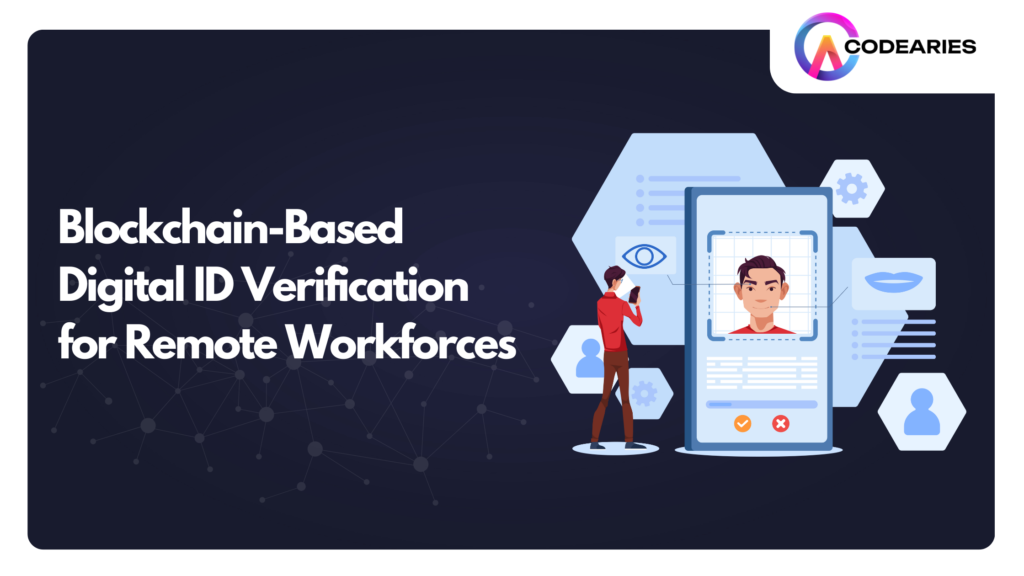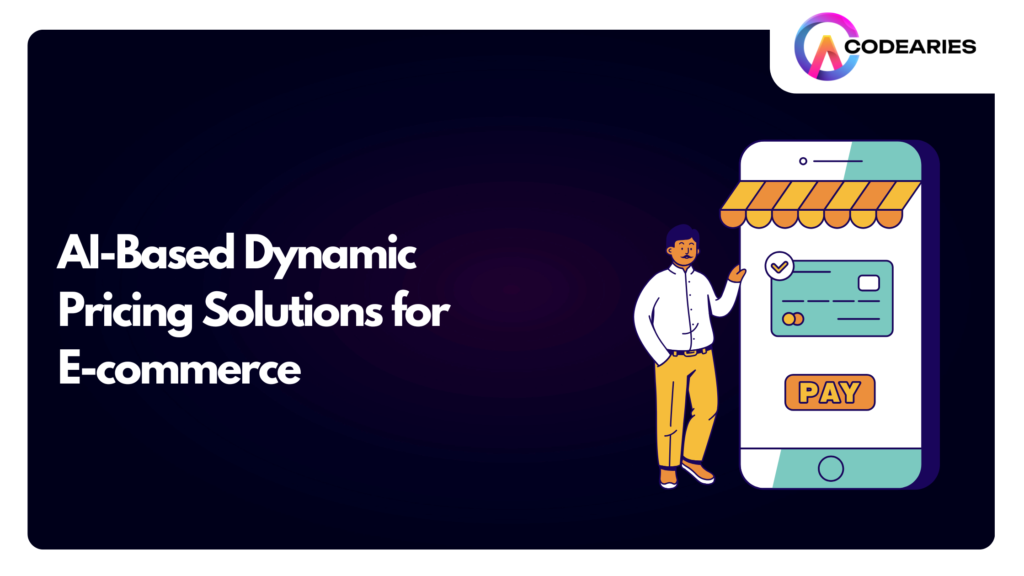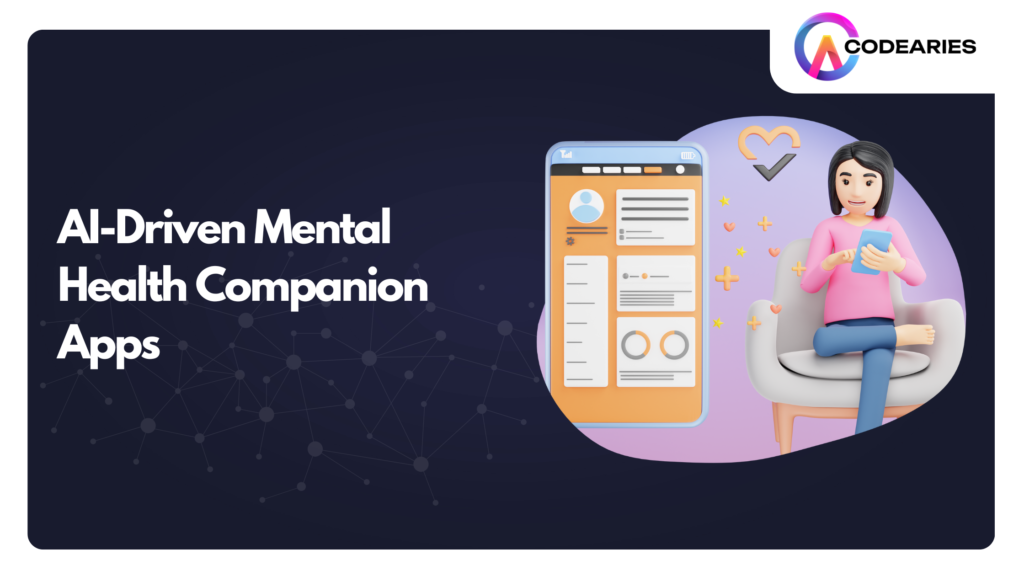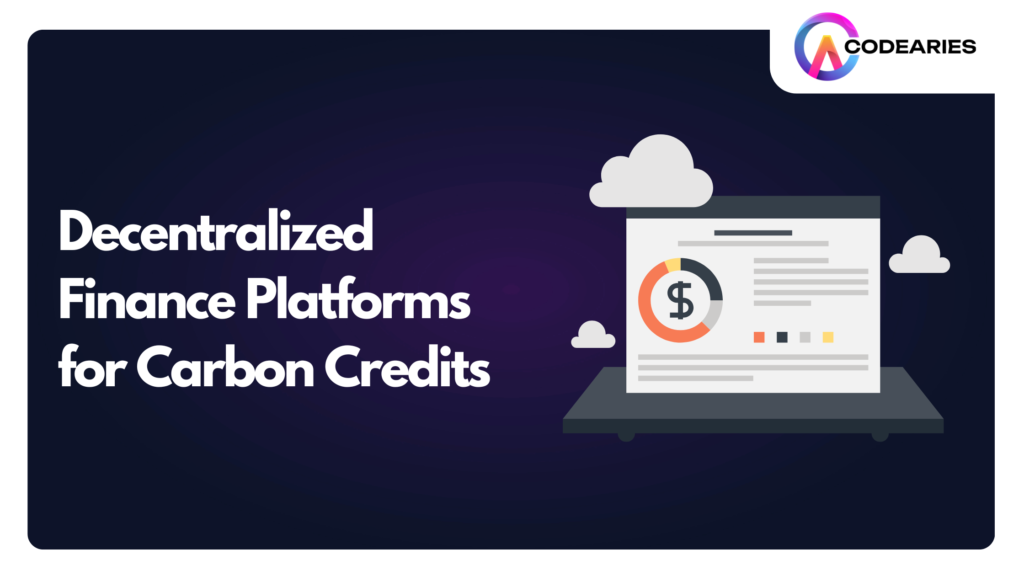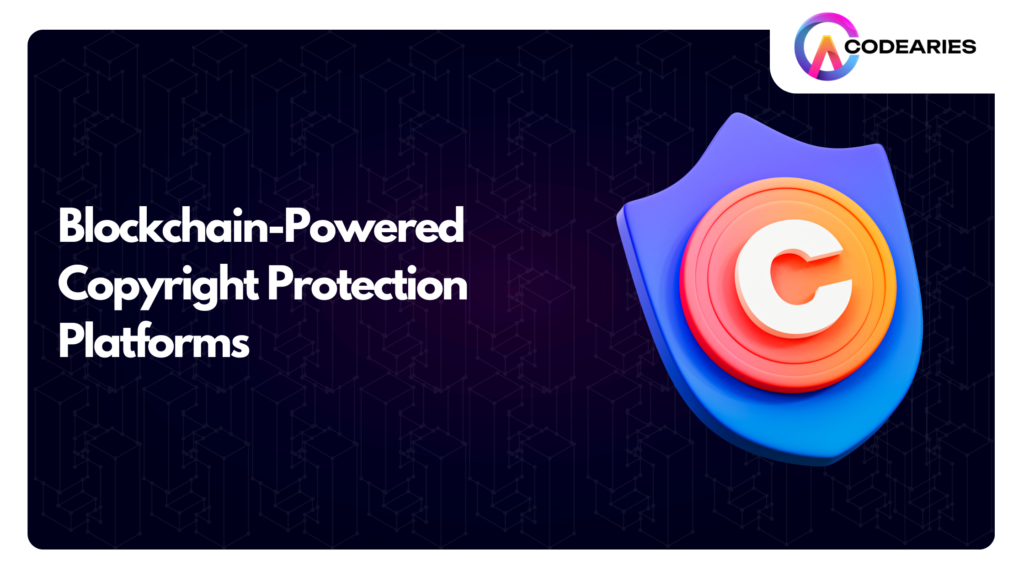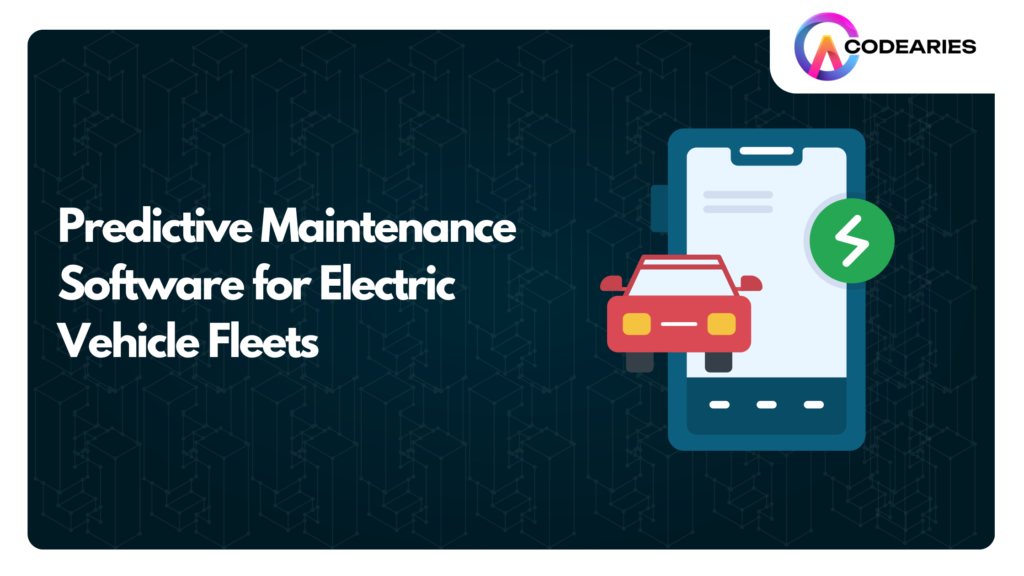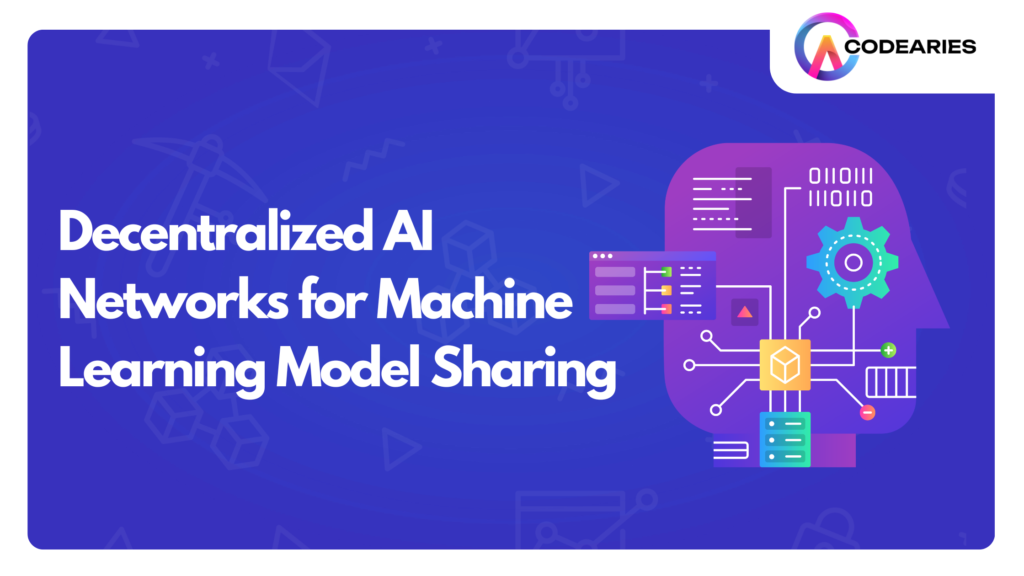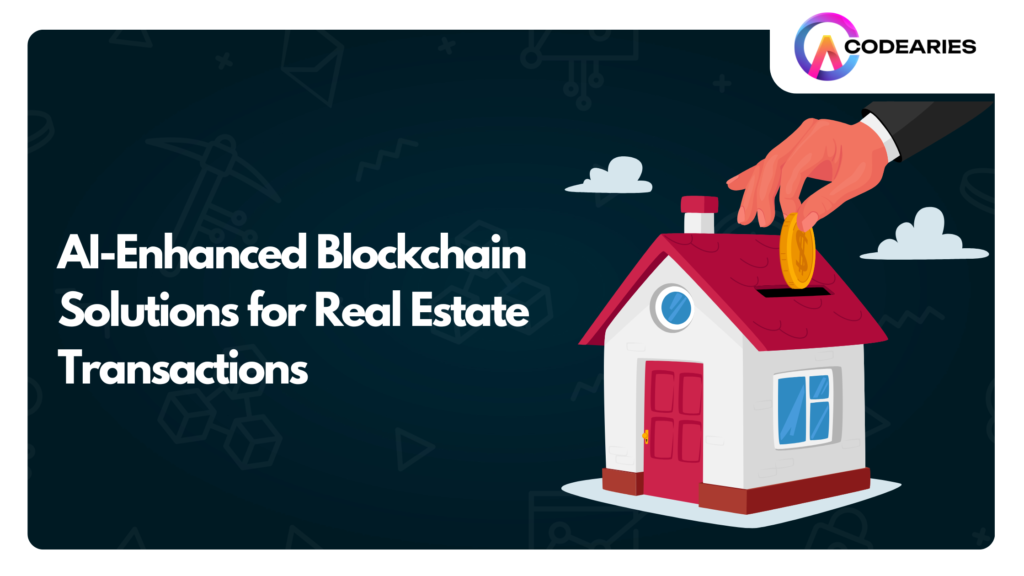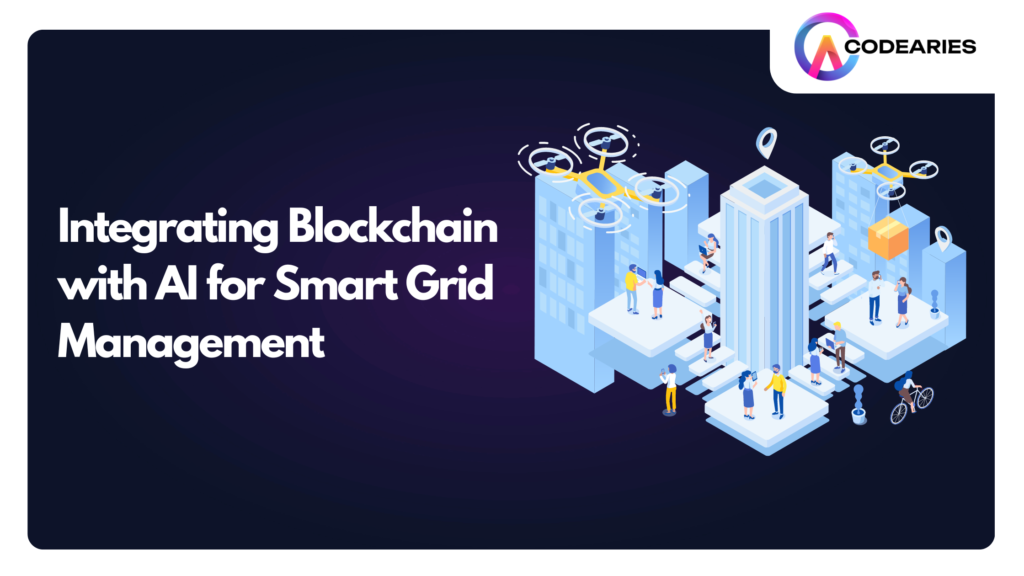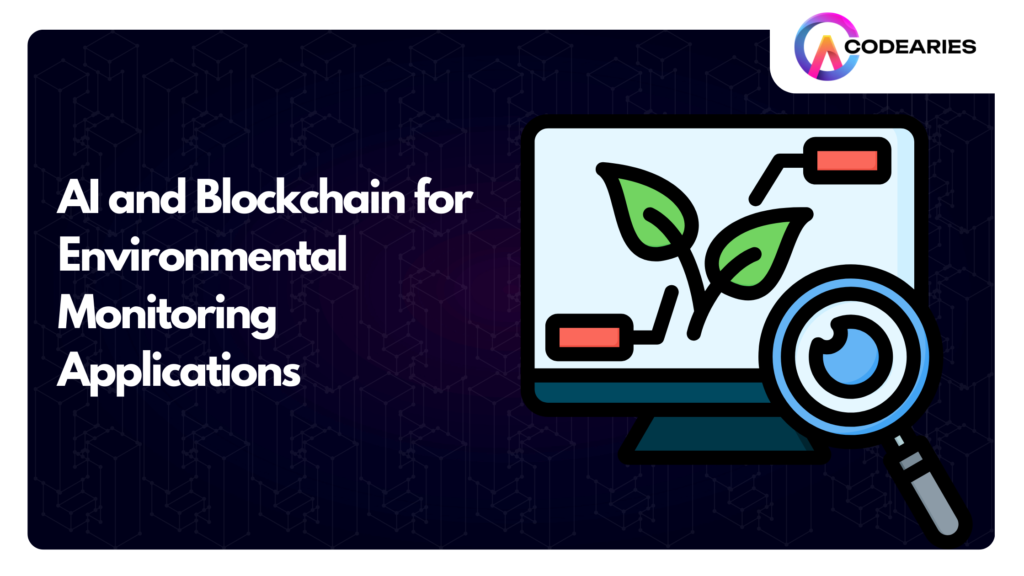Blockchain-Based Digital ID Verification for Remote Workforces
The rise of remote working models has presented businesses with unprecedented challenges, particularly when it comes to identity verification. As more employees and freelancers operate from diverse global locations, traditional methods of verifying an individual’s identity—such as in-person document checks or centralized digital systems—are becoming increasingly inefficient and vulnerable to fraud. The answer to this problem could lie in a technology originally designed to enhance the security of digital currency: blockchain. Blockchain-Based Digital ID Verification for Remote Workforces presents a new frontier in security for remote workforces. As companies expand their networks beyond physical boundaries, there’s an increasing demand for secure, decentralized, and tamper-proof identity verification systems that can work across multiple jurisdictions. Blockchain technology, with its inherent attributes of decentralization and immutability, offers a solution to these challenges. But what exactly is blockchain, and how does it transform the world of identity verification? This article explores the potential of blockchain in transforming digital identity verification processes for remote workforces, outlining its benefits, use cases, and challenges. The Global Shift to Remote Work The COVID-19 pandemic accelerated the trend toward remote work, prompting businesses to adapt quickly for operational continuity and employee safety. Key drivers include advancements in communication technology, economic pressures to reduce overhead costs, the demand for flexibility from younger workers, and the environmental benefits of reduced commuting.While remote work offers greater flexibility and access to a global talent pool, it also presents challenges related to team cohesion, productivity, and data security. Challenges of Managing Remote Teams Managing remote teams involves unique challenges. Communication barriers can lead to misunderstandings, while employees may feel isolated, impacting morale. Trust and accountability are harder to establish without face-to-face interactions, and time zone differences complicate scheduling. Additionally, remote environments are often more vulnerable to cybersecurity threats.Organizations can address these issues by implementing effective communication strategies, fostering trust, encouraging social interactions, and investing in robust cybersecurity measures. The Need for Robust Identity Verification Solutions Identity verification is essential for managing remote teams and protecting sensitive data. Reliable methods to confirm identities help prevent unauthorized access, fraud, and identity theft. They also ensure compliance with data privacy regulations like GDPR and CCPA.Improving the identity verification process enhances the employee experience by streamlining onboarding. Various methods, such as knowledge-based authentication, multi-factor authentication (MFA), and biometric solutions, can be utilized. Selecting the right solution depends on an organization’s specific needs and risk tolerance. Investing in robust identity verification helps manage remote teams effectively and safeguard sensitive information. Blockchain-Based Digital ID Verification for Remote Workforces Blockchain-based digital identity verification is rapidly gaining traction as a robust solution for workforce management, especially for remote and globally dispersed teams. It is a technology designed to ensure that identities are verified in a secure, decentralized manner without relying on a central authority, which makes it resistant to tampering and fraud. Blockchain technology itself is essentially a distributed ledger that records transactions across many computers. Once data is entered into the blockchain, it is practically impossible to alter without altering all subsequent blocks, making it an incredibly secure system. In the context of identity verification, blockchain allows individuals to own, control, and verify their identities without the need for intermediaries. Blockchain Identity Management Market was valued at USD 3.38 billion in 2023 and is expected to grow at a CAGR of over 50% between 2024 and 2032. Traditional ID Verification vs. Blockchain-Based ID Systems Aspect Traditional ID Verification Blockchain-Based ID Systems Data Storage Centralized databases Decentralized distributed ledger Security Vulnerable to data breaches Highly secure and tamper-proof Efficiency Slow and manual processes Instant verification and data sharing Scalability Difficult to scale for large numbers of users Easily scalable to accommodate large remote teams Fraud Risk Susceptible to forgery and counterfeiting Reduced risk of fraud due to immutability User Control Limited control over personal data Users have control over their own identity data Privacy Privacy concerns with physical document storage Enhanced privacy through cryptographic techniques Integration Often requires separate systems for various functions Easily integrates with existing systems Verification Methods Relies on physical documents and in-person checks Uses cryptographic methods for identity verification Compliance Challenging to maintain compliance Simplifies compliance with regulations (e.g., GDPR) This table summarizes the key distinctions, emphasizing the advantages of blockchain-based ID systems over traditional methods. Key Features of Blockchain-Based Digital ID Verification Decentralized Identifiers (DIDs) Decentralized Identifiers (DIDs) are crucial for blockchain-based digital identity verification. They are unique identifiers not linked to any centralized authority, offering several benefits: Control: Individuals manage their own DIDs and data access. Portability: DIDs can easily transfer between platforms. Interoperability: Compatible with various identity verification protocols. Resilience: Resistant to censorship and attacks. Verifiable Credentials Verifiable credentials are digital certificates that confirm an individual’s identity or attributes, issued by trusted organizations and cryptographically signed for authenticity. They can validate: Identity: Name, date of birth, address. Education: Schools and degrees. Professional Licenses: Medical or legal credentials. Employment History: Past employers and job titles. Stored on a blockchain, these credentials are tamper-proof, reducing fraud risks. Self-Sovereign Identity (SSI) Self-Sovereign Identity (SSI) empowers individuals to control their identity data. Key principles include: Individual Control: Users decide who accesses their data. Decentralization: Reduces breach risks by avoiding central servers. Interoperability: Works with various verification protocols. Privacy: Minimizes shared personal data. Multi-Factor Authentication (MFA) Integration Multi-Factor Authentication (MFA) enhances security by requiring multiple identification methods. Common MFA types include: Knowledge-based: Security questions. Possession-based: Physical tokens or mobile devices. Inherence-based: Biometric verification. Integrating MFA with blockchain identity systems strengthens security against unauthorized access and fraud. Use Cases of Blockchain ID Verification in Remote Workforces Remote Onboarding of Employees Remote onboarding is vital for businesses employing remote workers, and blockchain-based identity verification can enhance this process.Benefits include: Less Paperwork: Reduces reliance on physical documents, easing the administrative load for employers and new hires. Accelerated Onboarding: Facilitates quick identity verification, allowing new employees to start contributing sooner. Enhanced Security: Tamper-proof design lowers the risk of fraud and identity theft. Improved Compliance: Assists in adhering to data privacy and security regulations. Freelancer

